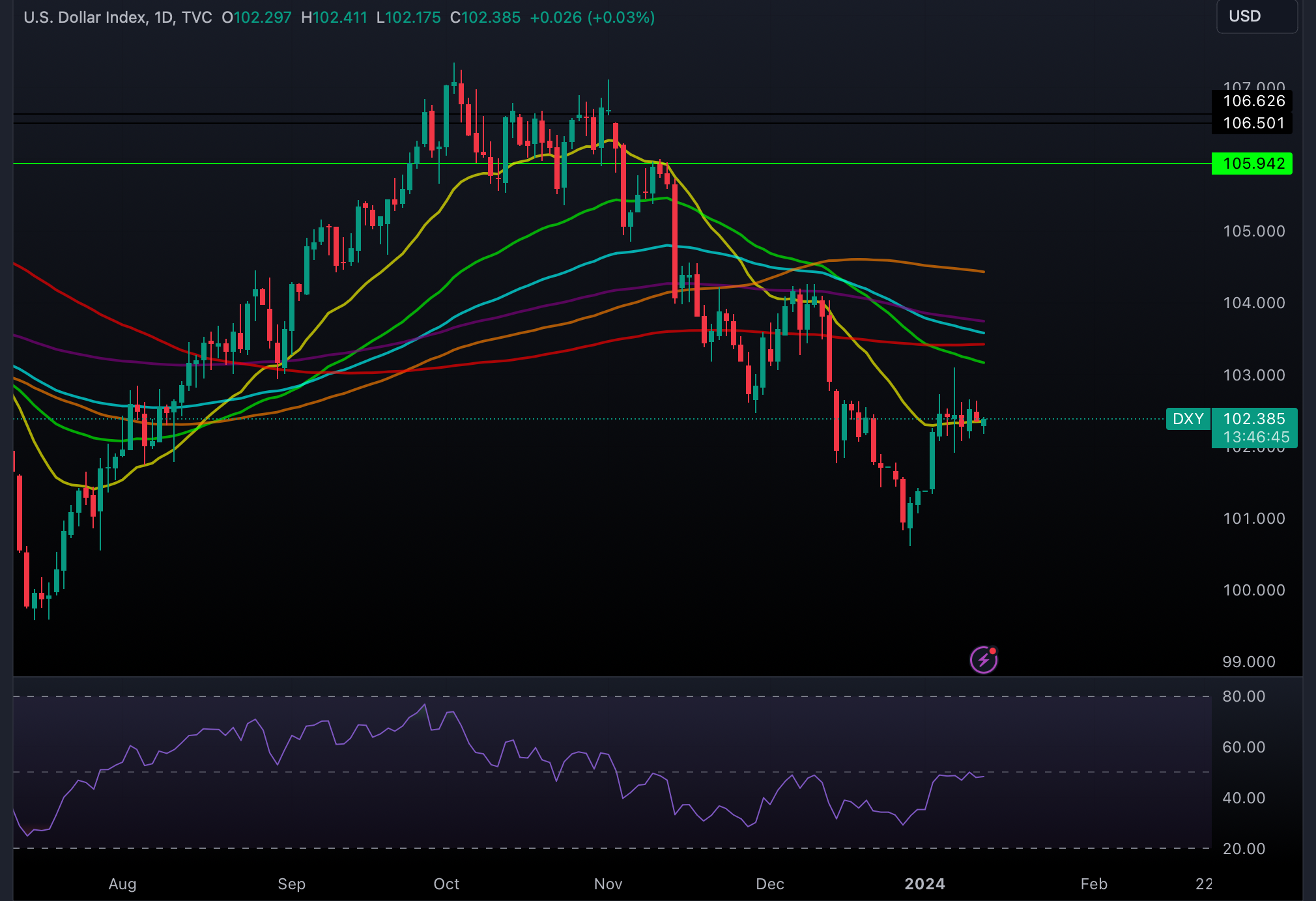According to Bloomberg Economics analysts Anna Wong and Stuart Paul, the upcoming US consumer price-based inflation data, scheduled for Thursday, is likely to reveal another subdued reading, primarily attributed to further declines in the goods sector.
The report highlights that there was a slight 0.2% increase in the core consumer price index in December, which does not include food and energy. Wong and Paul claim that the objectives of Federal Reserve policymakers seeking to reduce inflation are in line with this trend.
The Fed is expected to remain confident about the disinflationary trend as a result of the December figures. The impact of holiday discounts, the moderation of core service prices, and the impact of import disinflation from China on core goods prices are some of the factors contributing to this outcome.
INFLATION
Core inflation has been receding faster than anticipated by both Wall Street and the Fed in recent months, driven by declines in core goods prices. These prices experienced monthly decreases from June to November, gradually offsetting some of the surges observed from 2020 through early 2023.
Forecasts suggest that the Fed’s preferred inflation gauge is expected to end the year around 2.2%, slightly above the central bank’s 2% target. This outlook assumes ongoing deflation in goods, a moderation in services inflation, and a slowdown in the pace of rent increases.
Wong and Paul highlight that housing inflation has slowed over the past six months to slightly above 5%, still higher than the 2.5% average from 2010-2019. They suggest that there is room for further disinflation, estimating housing inflation to decline to 3.5% by the end of 2024 based on market indicators.
However, the economists express caution, stating, “Our house view is that underlying CPI inflation is running at a pace closer to 3% than the Fed’s 2% target.” They anticipate the disinflationary impact on core goods to diminish in the second half of the year as firms complete destocking excess inventories.
Bloomberg Economics’ projection of a 0.2% monthly change in the headline index in December aligns with the median estimate in a Bloomberg survey of external forecasters, while their estimate for the core index is slightly below consensus.
Thursday will see the release of the US’s most significant economic data of the week. The most recent consumer inflation data will be released by the Bureau of Labour Statistics (BLS) in a report. This report holds significance as it falls under the dual mandate of the Federal Reserve.
DOLLAR INDEX (DXY)
On Thursday morning, the US Dollar Index (DXY) maintained a narrow range as traders eagerly anticipated the release of upcoming US consumer inflation data. The index, which gauges the performance of the greenback against a basket of currencies, lingered at $102.24, a level it has held for the past few days. Notably, this price sits slightly above the year-to-date low of $100.
Market participants remained in a watchful stance, seeking insights from the forthcoming consumer inflation figures to gauge potential impacts on the US dollar’s trajectory. The DXY’s resilience near the year-to-date low reflects a period of consolidation and underscores the market’s anticipation of crucial economic indicators.



















